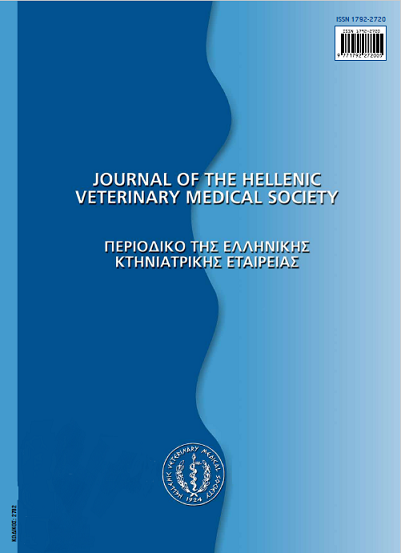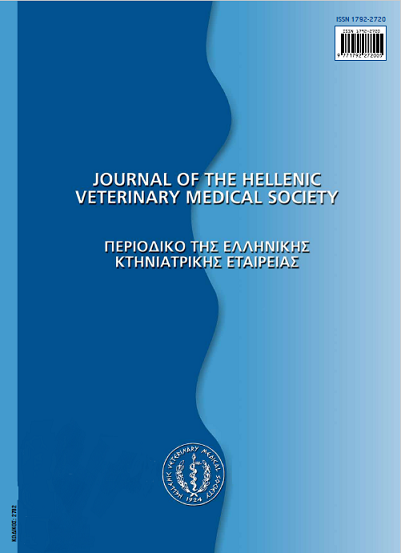Abdominal ultrasonographic imaging of laboratory animals - Current techniques

Abstract
Diagnostic ultrasonography is a non-invasive imaging technique developed and applicable both in reproductive and companion animals for the diagnosis of diseases. During the last years it has also been used in laboratory animals facilitating thus the advances of biomedical research. The ultrasonographic imaging of abdominal organs in laboratory animals may take place in soft tissue organs, such as the liver, the spleen, the kidneys, the urinary bladder, but also the uterus, especially before, during and after pregnancy, as well as during parturition. It has been proved to be extremely useful both for monitoring of organ architecture during several related experimental protocols and for diagnosing possible diseases that may occur during a laboratory animal's lifetime. During the last decade technological progress has been present in scientific life leading in several advances in ultrasonographic imaging. More specifically, ultra high frequency transducers, with a potential of using sophisticated software, are now able to provide researchers with extended field of view images even of small laboratory animals, such as mice. 3D ultrasonography relies on the acquisition of images in multiple scan planes from which a 3D image is created. 4D ultrasonography provides functional data in three dimensions, whereas microbubble contrast agents have shown clinical potential for characterizing blood flow in abdominal vessels, especially with the use of ultra high frequency transducers and 3D imaging. Doppler imaging provides information on blood flow and abdominal organs blood supply. Finally, ultrasound- guided biopsy and injection of substances are important tools in biomedical research protocols.
Article Details
- How to Cite
-
MARINOU, K. (2017). Abdominal ultrasonographic imaging of laboratory animals - Current techniques. Journal of the Hellenic Veterinary Medical Society, 60(3), 245–249. https://doi.org/10.12681/jhvms.14933
- Issue
- Vol. 60 No. 3 (2009)
- Section
- Special Article
Authors who publish with this journal agree to the following terms:
· Authors retain copyright and grant the journal right of first publication with the work simultaneously licensed under a Creative Commons Attribution Non-Commercial License that allows others to share the work with an acknowledgement of the work's authorship and initial publication in this journal.
· Authors are able to enter into separate, additional contractual arrangements for the non-exclusive distribution of the journal's published version of the work (e.g. post it to an institutional repository or publish it in a book), with an acknowledgement of its initial publication in this journal.
· Authors are permitted and encouraged to post their work online (preferably in institutional repositories or on their website) prior to and during the submission process, as it can lead to productive exchanges, as well as earlier and greater citation of published work.



